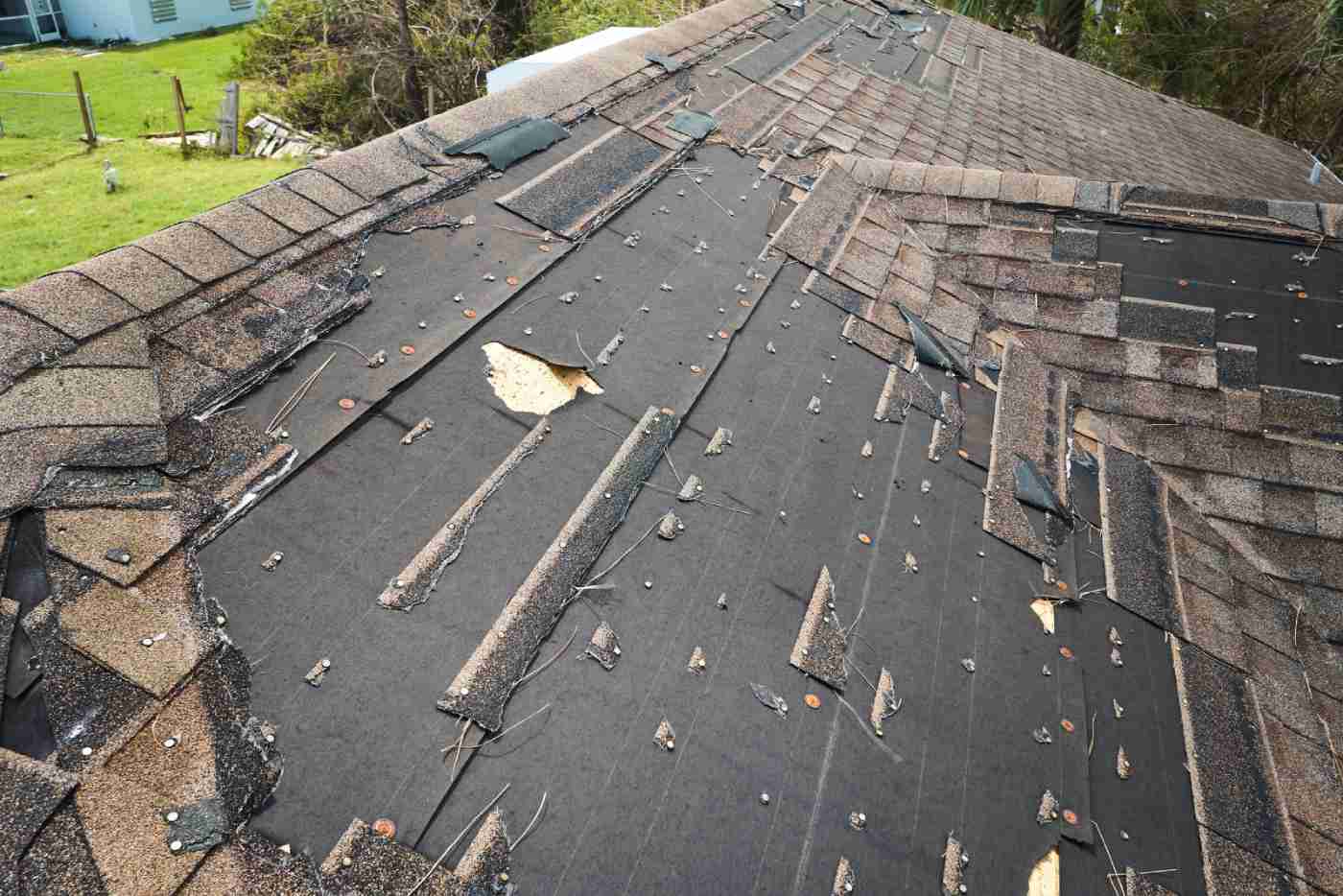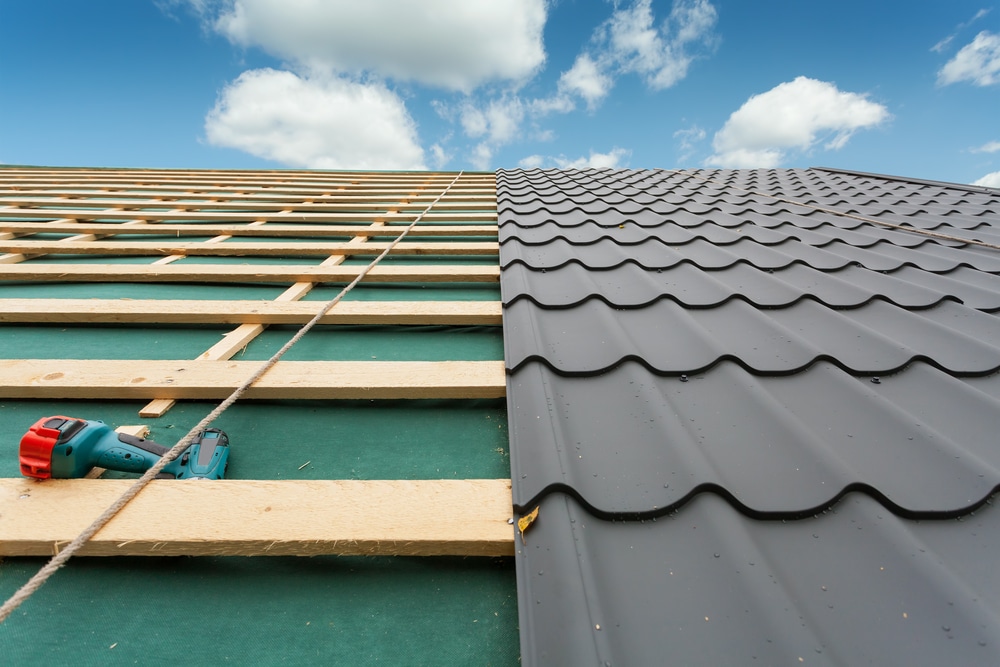How to Achieve Stunning Results Using Silverline Roofing Roof Restorations
How to Achieve Stunning Results Using Silverline Roofing Roof Restorations
Blog Article
Discover the Secret Steps Associated With Effective Roofing System Repairs
Effective roof covering restorations are critical for ensuring the longevity and dependability of a structure's framework. The process includes several important steps, beginning with a detailed evaluation of the roof covering's present problem to recognize any type of underlying issues. Following this assessment, mindful prep work and choice of products tailored to certain environmental problems end up being paramount. The implementation phase calls for adherence to ideal techniques to achieve optimum outcomes. However, the trip does not finish there; continuous maintenance plays an essential role in protecting the roofing system's integrity. Recognizing these steps can substantially influence the success of any kind of restoration venture.
Assessing Roof Problem
When it involves roofing system restorations, assessing the roofing system's problem is an important very first step. This evaluation includes a comprehensive assessment to recognize any type of damage or deterioration that might influence the repair procedure. Trick indicators to take a look at consist of the honesty of roof covering products, the visibility of leakages, and indicators of wear such as curling, breaking, or missing out on shingles.

Along with aesthetic analyses, it might be necessary to perform more in-depth assessments, such as moisture testing or infrared scanning, to discover concealed issues. Documenting searchings for throughout the assessment is essential for developing an effective remediation strategy. By comprehending the existing problem of the roof covering, property proprietors can make enlightened decisions relating to needed fixings, budgeting, and timelines for restoration, eventually ensuring the longevity and capability of their roof.
Planning For Repair

Following, clear the job location of any type of debris or challenges. This not only enhances safety and security yet also assists in much easier accessibility to the roofing system throughout repair. Additionally, take into consideration the climate condition; setting up the project throughout completely dry and light weather can stop difficulties and delays.
Inform any passengers concerning the future job to reduce interruptions. Offering notification enables them to get ready for sound and potential obstructions. Develop a timeline for the remediation procedure. This timeline must lay out each stage of the job, including preparation, implementation, and last examination, ensuring that all tasks are finished successfully and efficiently. By meticulously planning for restoration, you prepared for an effective end result, guarding both the roof and the building beneath it.
Picking Materials
After ensuring the workplace is all set and the job timeline is established, the next essential step entails picking the ideal materials for the roof covering remediation. The selection of materials considerably influences the resilience, aesthetics, and total performance of the recovered roof covering.
Begin by analyzing the existing roofing system framework and recognizing any type of details needs dictated by the regional environment and ecological problems. Areas with high rainfall or Recommended Reading snowfall may require materials with exceptional waterproofing and insulation properties. Usual options include asphalt shingles, steel roof, and ceramic tile, each offering unique advantages.
Following, take into consideration the compatibility of the materials with the existing roof. This makes certain smooth combination, lessening potential concerns throughout setup and enhancing the roof's durability. It's also crucial to review the supplier's warranties and qualifications to ensure top quality and reliability.
Executing the Restoration
Carrying out the reconstruction of a roof covering requires careful preparation and experienced workmanship to guarantee efficient outcomes. This process starts with an extensive analysis of the existing roofing system's problem, recognizing areas of damages and use that require fixing or substitute. Cautious interest needs to be paid to the roofing system's architectural honesty, along with any type of underlying concerns such as leaks or inadequate insulation.
When the assessment is complete, the next step entails preparing the worksite. This includes safeguarding the location to guarantee security for both workers and residential or commercial property, in addition to getting rid of any type of debris or damaged products. Adhering to preparation, the reconstruction process itself can start, which might involve cleaning, fixing, or replacing shingles, flashing, and underlayment, depending upon the extent of the damages.
Throughout the reconstruction, it is vital to comply with manufacturer requirements and sector finest practices to ensure the durability of the roofing. Quality assurance should be applied at each phase, ensuring that every element of the reconstruction fulfills established criteria. Proper securing and ending up techniques are critical to ensure water resistance and enhance the roof's visual charm, inevitably finishing in a functional and durable roof system.
Post-Restoration Upkeep
Once the remediation process is total, keeping the roofing's honesty becomes vital to guarantee its long-term performance. Post-restoration maintenance involves an organized strategy to protect the investment made in the roof system. Normal evaluations are essential, preferably carried out biannually, to identify any kind of early indicators of wear, damages, or debris build-up.
Cleaning up the roofing system is likewise vital; removing fallen leaves, moss, and various other materials stops water merging and minimizes the threat of leaks. In addition, homeowners should inspect and clear gutters and downspouts to facilitate proper drainage.

Moreover, prompt fixings of any kind of broken roof shingles or blinking ought to be prioritized to stop more problems. It is suggested to involve an expert roofer for significant upkeep tasks, as their proficiency can ensure that the job sticks to safety criteria and best techniques.
Lastly, take into consideration using safety coverings as needed, which can boost the roof covering's sturdiness versus UV rays, wetness, and various other ecological aspects. Complying with these post-restoration maintenance techniques will not only prolong sites the life-span of the roof covering more helpful hints but additionally maintain its aesthetic appeal and structural integrity.
Conclusion
In final thought, efficient roofing reconstructions call for a methodical method incorporating thorough analysis, meticulous prep work, careful product selection, accurate execution, and attentive post-restoration maintenance. Each step plays an important role in making sure the roofing's resilience and long life. By adhering to these crucial procedures, the honesty of the roof covering can be preserved, inevitably avoiding future issues. Commitment to quality assurance throughout the reconstruction procedure will result in a trusted and resilient roof system that stands up to the test of time.
Efficient roofing remediations are crucial for making certain the longevity and reliability of a building's framework.When it comes to roofing repairs, evaluating the roofing system's condition is an important initial step. By understanding the existing condition of the roofing system, residential or commercial property owners can make informed decisions concerning required fixings, budgeting, and timelines for repair, eventually making certain the longevity and performance of their roof system.
Performing the remediation of a roof covering requires careful preparation and competent workmanship to guarantee efficient outcomes.Once the remediation process is complete, keeping the roof covering's stability ends up being critical to ensure its lasting efficiency.
Report this page